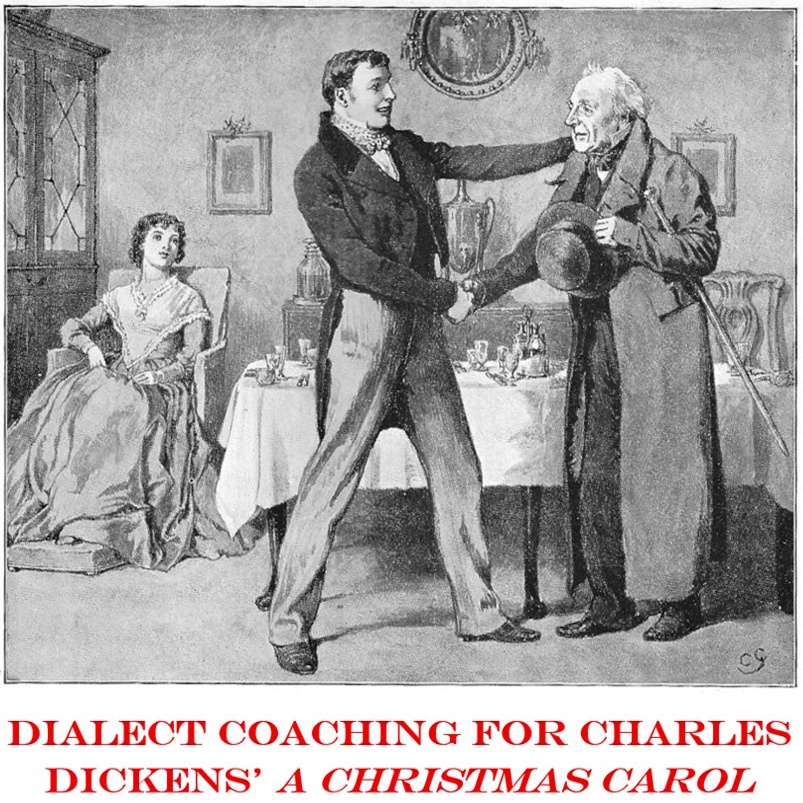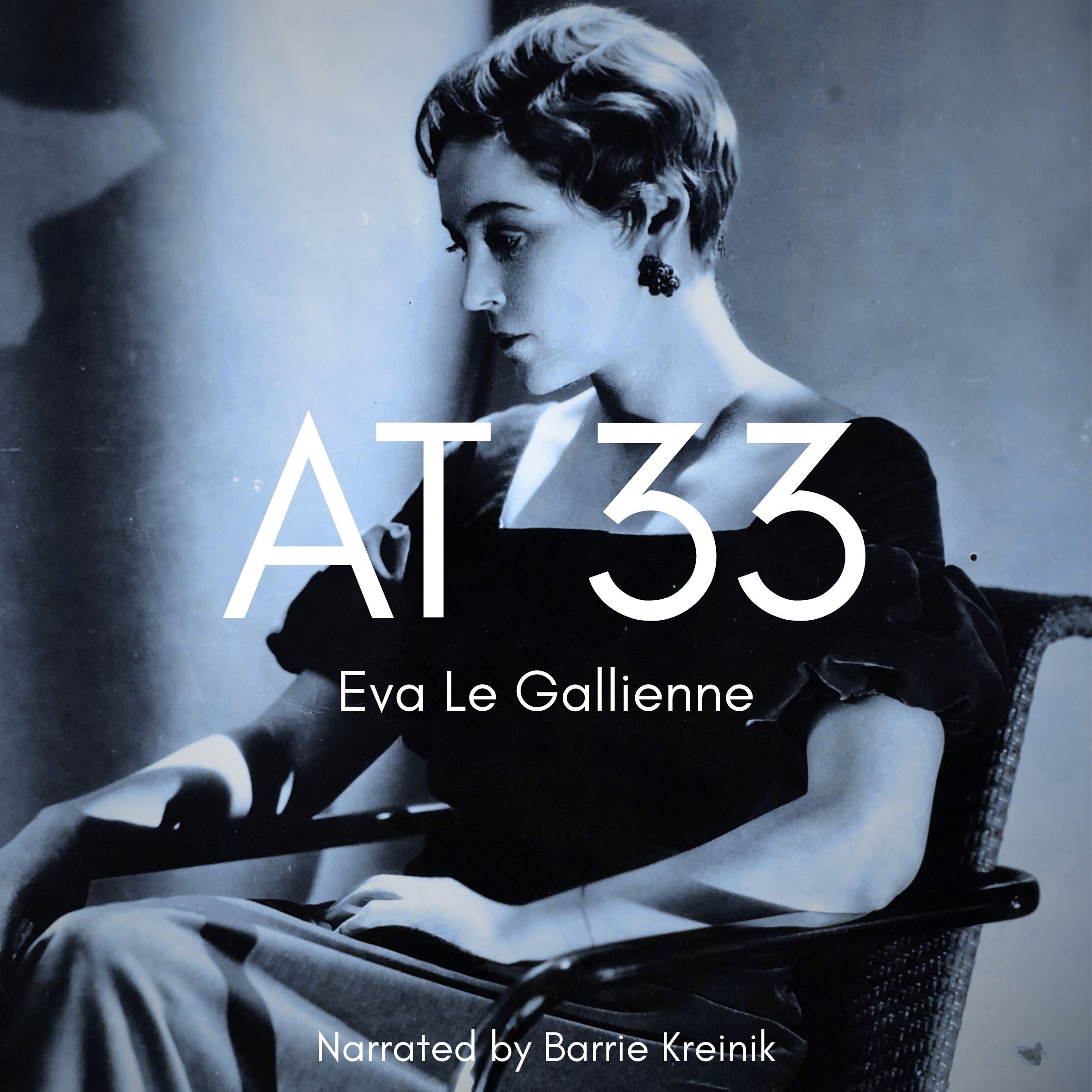South Africa 18
Listen to South Africa 18, a 20-year-old woman from Paarl, South Africa. Click or tap the triangle-shaped play button to hear the subject.
Both as a courtesy and to comply with copyright law, please remember to credit IDEA for direct or indirect use of samples. IDEA is a free resource; please consider supporting us.
BIOGRAPHICAL INFORMATION
AGE: 20
DATE OF BIRTH (DD/MM/YYYY): 1985
PLACE OF BIRTH: Paarl, a small town in the Western Cape
GENDER: female
ETHNICITY: Black South African
OCCUPATION: N/A
EDUCATION: N/A
AREA(S) OF RESIDENCE OUTSIDE REPRESENTATIVE REGION FOR LONGER THAN SIX MONTHS: N/A
OTHER INFLUENCES ON SPEECH:
Afrikaans is spoken extensively in her hometown, and Afrikaans is essentially her first language.
The text used in our recordings of scripted speech can be found by clicking here.
RECORDED BY: Marth Munro and Karina Lemmer
DATE OF RECORDING (DD/MM/YYYY): 2005
PHONETIC TRANSCRIPTION OF SCRIPTED SPEECH: N/A
TRANSCRIBED BY: N/A
DATE OF TRANSCRIPTION (DD/MM/YYYY): N/A
ORTHOGRAPHIC TRANSCRIPTION OF UNSCRIPTED SPEECH:
I was born in Paarl; it’s a town just outside, maybe an hour’s drive outside Cape Town. Um, I’m originally Afrikaans speaking. Influences come from Cape Town, English influences. We mix our languages Afrikaans with English and so on, ja, and that’s it.
TRANSCRIBED BY: Karina Lemmer
DATE OF TRANSCRIPTION (DD/MM/YYYY): 19/01/2007
PHONETIC TRANSCRIPTION OF UNSCRIPTED SPEECH: N/A
TRANSCRIBED BY: N/A
DATE OF TRANSCRIPTION (DD/MM/YYYY): N/A
SCHOLARLY COMMENTARY:
Her speech is characterized by a fairly accelerated rate, which causes shortening of certain vowel phonemes and diphthongs. Example: /eə/ as in “there” became /ɛ/. Another typical component is the /æ/ in “unsanitary” that became an /ɛ/. It is also interesting to note how she uses the schwa in “originally”; this became an /ʊ/. The /R/ sound is quite pronounced, which gives her speech a distinct rhythm. The Afrikaans /R/ is most dominant in medial positions and occasionally noted in final in words such as “nearer.”
COMMENTARY BY: Karina Lemmer
DATE OF COMMENTARY (DD/MM/YYYY): 2005
The archive provides:
- Recordings of accent/dialect speakers from the region you select.
- Text of the speakers’ biographical details.
- Scholarly commentary and analysis in some cases.
- In most cases, an orthographic transcription of the speakers’ unscripted speech. In a small number of cases, you will also find a narrow phonetic transcription of the sample (see Phonetic Transcriptions for a complete list). The recordings average four minutes in length and feature both the reading of one of two standard passages, and some unscripted speech. The two passages are Comma Gets a Cure (currently our standard passage) and The Rainbow Passage (used in our earliest recordings).
For instructional materials or coaching in the accents and dialects represented here, please go to Other Dialect Services.
 IDEA: International Dialects of English Archive
IDEA: International Dialects of English Archive




